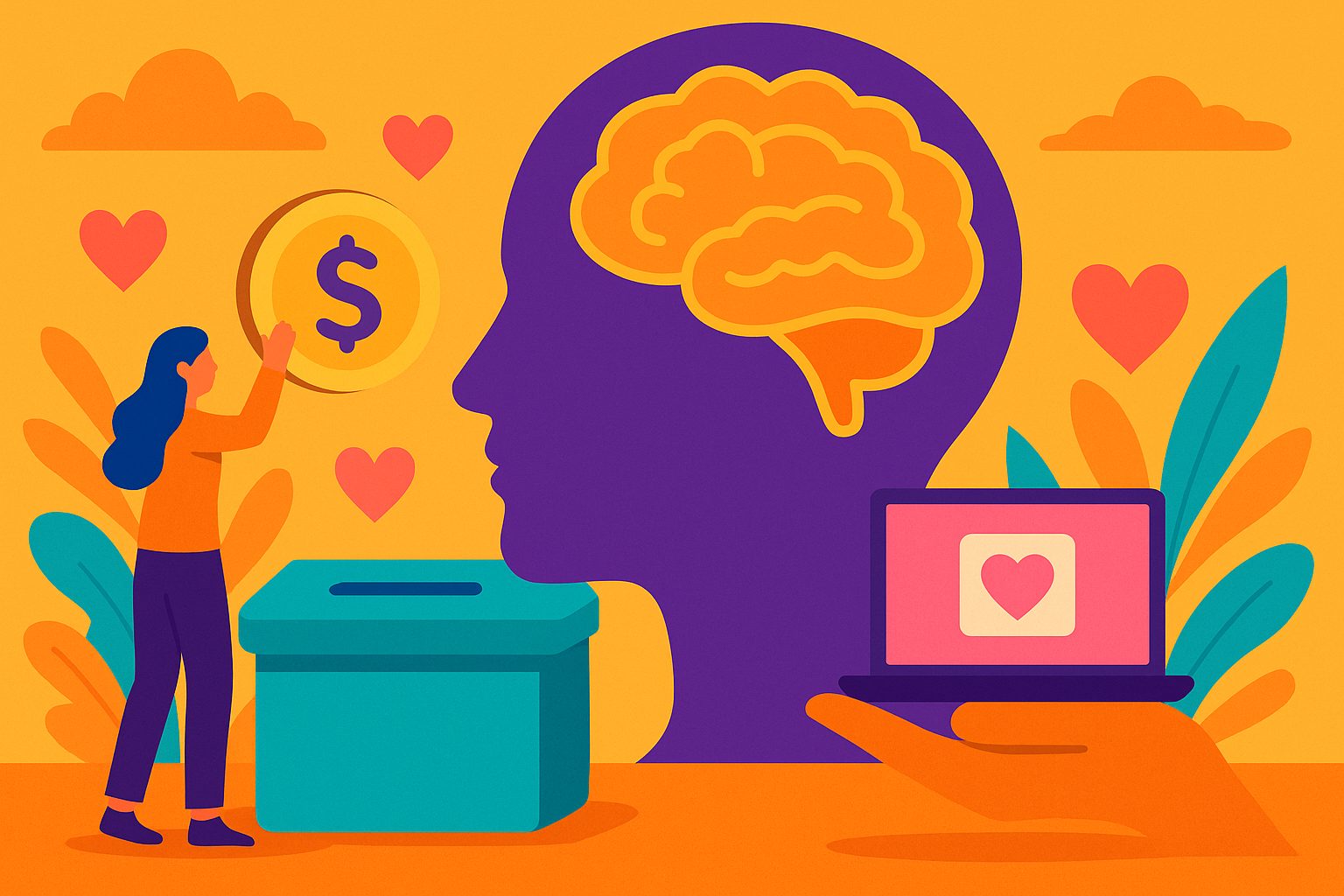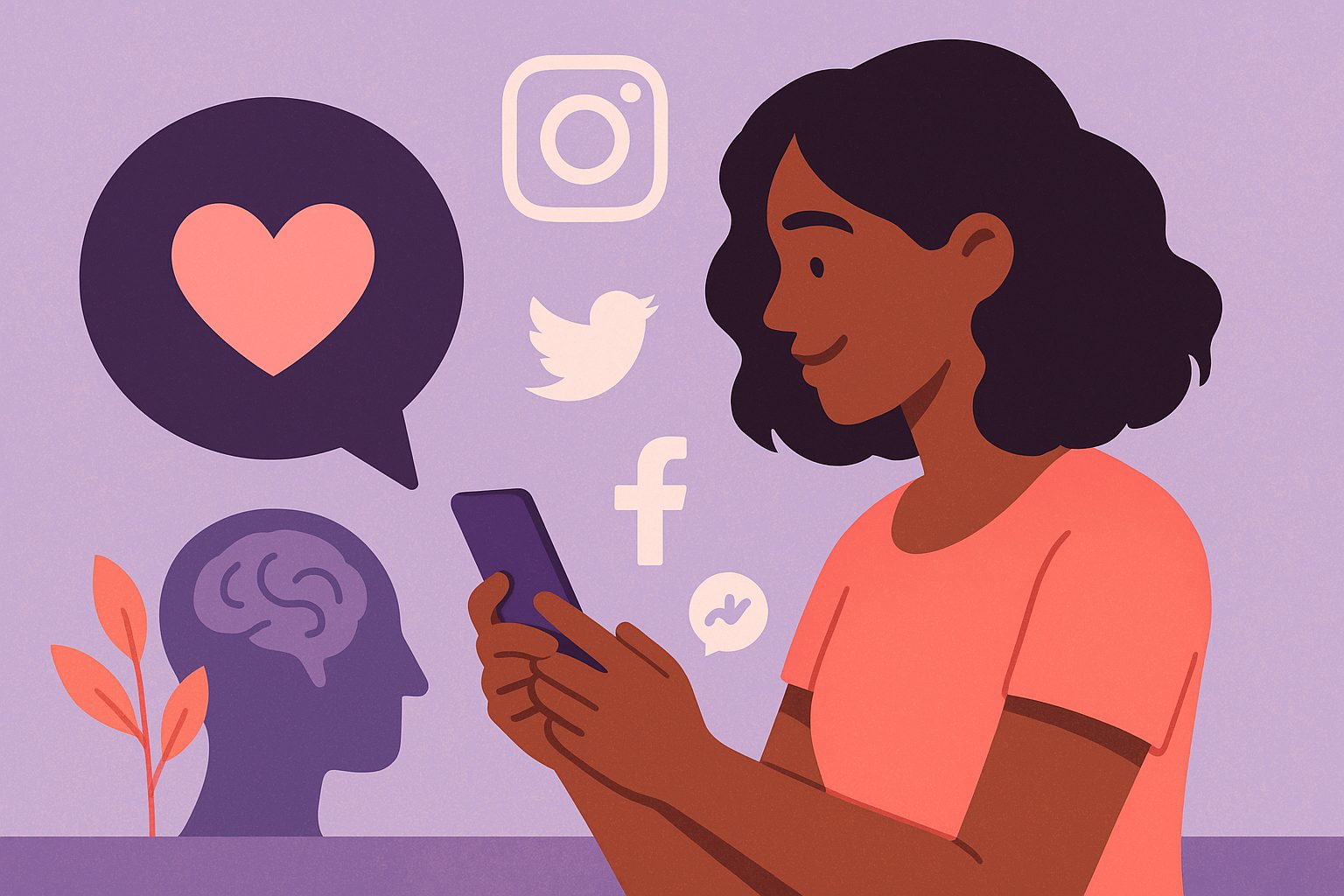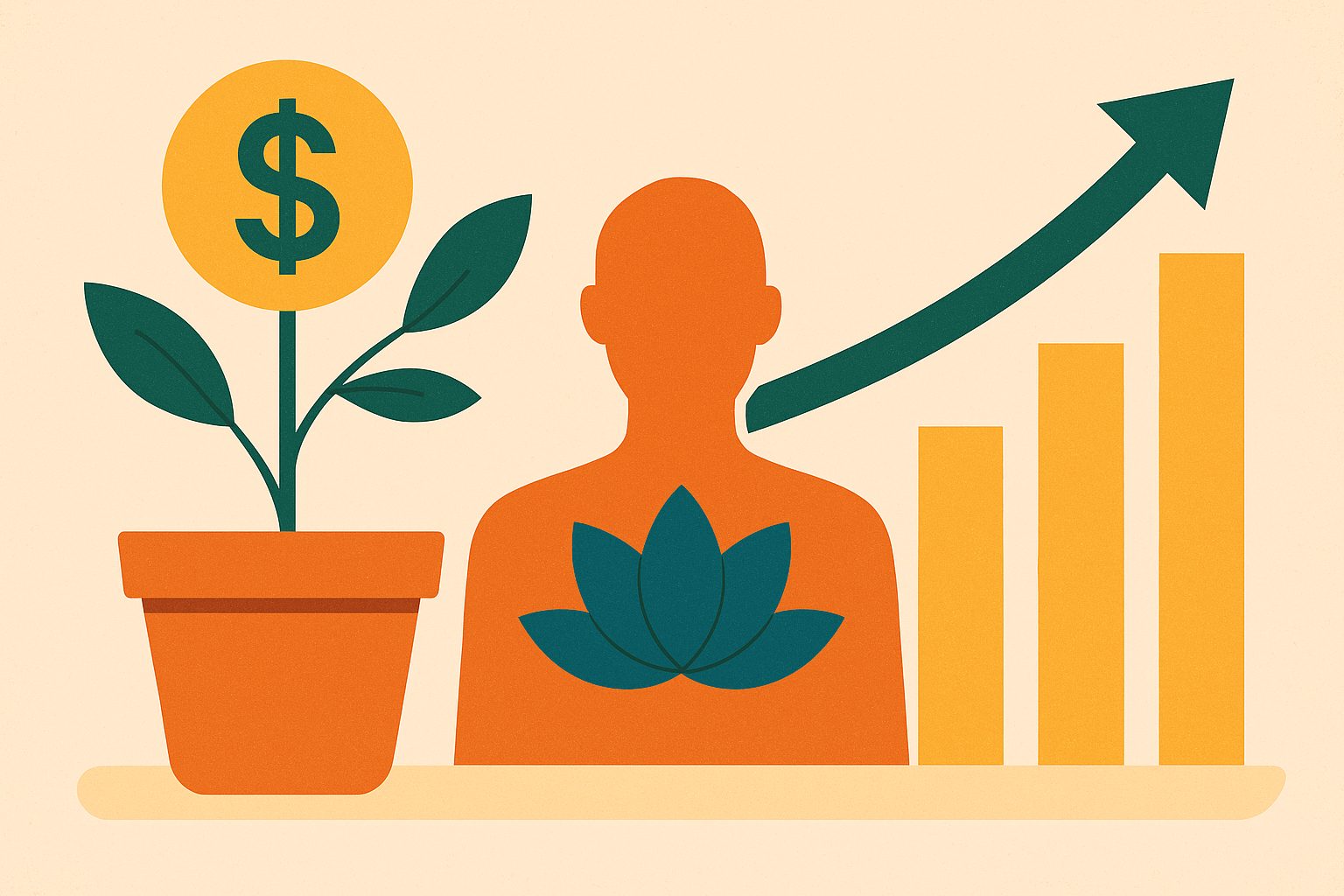Breaking the Mold: A New Era for Mental Health Care
In recent years, the global mental health crisis has pushed countless individuals and families to the edge, both emotionally and financially. Traditional healthcare systems, though evolving, often fail to meet the demand for accessible, personalized, and timely mental health support. Long wait times, high treatment costs, and limited insurance coverage have created a system that leaves far too many behind. But something powerful is happening on the digital frontier: health and wellness crowdfunding is stepping in where conventional models have faltered, creating an ecosystem of empathy, innovation, and direct impact.
Mental health crowdfunding is not just a financial tool—it’s a movement. It’s redefining how people access care, how professionals launch new mental wellness programs, and how communities rally around those in need. This digital transformation empowers individuals and innovators alike to seek support from a vast, compassionate audience, creating a shared sense of responsibility around mental wellness. From therapy costs and alternative treatments to the creation of mental health tech apps and community support programs, crowdfunding is quietly but profoundly changing lives.
The Crowdfunding Framework: How It Works in Mental Health
Crowdfunding in the context of health and wellness generally falls into three categories: individual support campaigns, social impact initiatives, and innovation-based ventures. In mental health, each of these models is flourishing in its own way. Individuals struggling with depression, anxiety, PTSD, or eating disorders can now reach out to online communities through platforms like GoFundMe, Plumfund, or FundRazr, asking for help with therapy costs, medication, or wellness retreats.
Simultaneously, organizations and mental health advocates are launching larger-scale campaigns to fund peer support networks, suicide prevention hotlines, and culturally tailored programs in underserved regions. Meanwhile, entrepreneurs and therapists are using crowdfunding to launch mobile apps, teletherapy platforms, and AI-powered mental health tools that reach people beyond traditional clinic walls.
Each campaign tells a story—of pain, hope, resilience, and reinvention. And every dollar raised isn’t just a contribution; it’s an affirmation that mental health matters and that no one should suffer in silence or isolation.
Real People, Real Impact: Stories Behind the Campaigns
The most compelling feature of crowdfunding is its human touch. Behind every campaign is a deeply personal journey. Take, for instance, a young veteran who turns to crowdfunding to cover therapy for PTSD after being denied VA support. Or a single mother battling postpartum depression who raises funds for a mental wellness retreat after being told she’d have to wait six months to see a specialist.
These stories resonate because they are raw, relatable, and often overlooked by mainstream systems. Contributors don’t just donate—they engage. They leave messages of encouragement, share campaigns with their networks, and often become long-term supporters. For those fundraising, the experience itself is therapeutic, providing not just funding, but validation, visibility, and emotional relief.
What’s more, many campaigns go viral, igniting public conversations around taboo topics. The visibility alone helps break the stigma, especially for communities where mental health is often whispered about but rarely addressed.
Technology Meets Compassion: The Rise of Wellness Platforms
Beyond personal campaigns, an ecosystem of health-focused crowdfunding platforms is emerging—built specifically to accommodate wellness initiatives. Sites like Givebutter and Fundly are integrating health and wellness into their category structures, optimizing for user trust and campaign effectiveness.
These platforms aren’t just passive donation pages; they are powerful digital hubs. Many offer storytelling templates, live-streaming tools, data dashboards, community boards, and recurring giving options. Campaigners can post therapy updates, share gratitude videos, and build long-term support channels. Crowdfunding becomes more than a one-time transaction—it evolves into a continuous care journey.
Artificial intelligence and blockchain are also starting to play a role. AI helps tailor campaign visibility and match contributors with causes that align with their values. Blockchain, meanwhile, is being explored for transparency, especially in community-funded mental health nonprofits, ensuring every cent is tracked and ethically used.
Bridging Gaps in Access and Equity
One of the most revolutionary aspects of health and wellness crowdfunding is its power to bridge systemic gaps in access and equity. Marginalized communities—BIPOC, LGBTQ+, rural, and low-income populations—often face disproportionate barriers to mental healthcare. Whether due to geographic limitations, cultural stigma, or lack of insurance, many go untreated or suffer in silence.
Crowdfunding empowers these communities to self-organize, amplify their needs, and fund culturally competent solutions. For example, therapists of color can raise funds to offer sliding scale services, or grassroots groups can crowdfund mobile mental health vans that bring care to rural reservations.
By removing gatekeepers and decentralizing who gets funded, crowdfunding enables the creation of mental health services that are hyper-local, culturally attuned, and community-owned. This bottom-up approach is radically different from traditional top-down funding models, which often ignore nuance and localized needs.
Mental Health Startups: Crowdfunded Innovation on the Rise
It’s not just individuals or nonprofits benefiting from this shift. The startup world is also embracing crowdfunding to develop groundbreaking mental wellness solutions. Founders who once would’ve needed institutional investors or slow-moving grants are now turning to platforms like Indiegogo, Kickstarter, and StartEngine to pitch their ideas directly to the public.
Apps focused on mindfulness, cognitive behavioral therapy, addiction recovery, or journaling are being born in the crowdfunding space, often raising six or even seven figures. This democratized funding model allows creators to stay mission-driven, avoiding the pressure to maximize profit at the expense of impact.
Crowdfunding backers also act as early adopters, providing real-time feedback that helps refine products, ensure cultural relevance, and fuel user-driven innovation. As mental health tech continues to expand—especially in the wake of the pandemic—crowdfunding is becoming a vital launchpad for bold, compassionate solutions.
Community-Led Campaigns: A New Support System Emerges
What makes health and wellness crowdfunding distinct is its inherently communal nature. It invites empathy into the funding process and builds collective resilience. Unlike traditional models that often feel bureaucratic and distant, crowdfunding taps into social solidarity.
Entire neighborhoods have come together to support youth mental health programs. Faith communities are raising money for grief counseling groups. Universities are starting crowdfunding initiatives for students dealing with academic pressure and anxiety. Even employers are offering matching programs for staff mental health campaigns, recognizing the value of employee well-being.
This community-based approach strengthens mental health not only for the individuals seeking help, but for the supporters themselves. Donors often report feeling more connected, empowered, and hopeful after contributing. When we fund each other’s wellness, we reshape what it means to be mentally healthy—not as an individual condition, but as a shared, societal responsibility.
Navigating the Ethics: Transparency and Responsibility
As with any digital movement, health and wellness crowdfunding comes with its ethical complexities. The potential for misinformation, exploitation, or misused funds exists—and platforms are responding. Campaign verification tools, medical proof requirements, and transparent spending updates are becoming the norm on most sites.
There’s also an ongoing discussion around emotional labor. Sharing one’s mental health journey publicly in exchange for funding can feel invasive or performative. Some campaigners experience guilt, burnout, or even online harassment. It’s important for platforms and supporters to promote dignity, consent, and respect throughout the process.
Additionally, the conversation around equity continues. While crowdfunding can elevate marginalized voices, it can also replicate existing biases. Campaigns with better photos, videos, or storytelling often raise more—even when needs are equal. Addressing these disparities is part of the ongoing evolution of ethical crowdfunding.
What the Data Shows: Growth, Reach, and Impact
The numbers tell a compelling story. According to industry reports, mental health-related crowdfunding has grown over 300% in the past five years. Campaigns tagged under “mental health” now raise tens of millions annually across platforms. The average donation amount has also increased, with many contributors becoming repeat givers over time.
Surveys indicate that donors are highly motivated by personal connection and impact transparency. Unlike other causes where donations can feel abstract, mental health campaigns often feel immediate and intimate. Backers frequently share that they’ve faced similar struggles—or want to support someone they love who has.
The reach is also expanding globally. Countries with limited mental health infrastructure—like India, South Africa, and the Philippines—are now embracing crowdfunding as a way to build their own wellness frameworks, bypassing bureaucratic delays and foreign dependency.
Looking Ahead: The Future of Crowdfunded Mental Wellness
As we look to the future, the intersection between mental health and crowdfunding will only deepen. We can expect to see more hybrid platforms that combine fundraising, resource libraries, peer networks, and on-demand care all in one place. Real-time giving during livestreamed therapy events or mental health awareness marathons is likely to become the norm.
Employers, schools, and city governments may adopt crowdfunding models as part of their mental wellness strategies, decentralizing budgets and allowing communities to fund their own priorities. Regulatory frameworks may also emerge, offering tax deductions for mental health donations and ensuring better protection for campaigners and donors alike.
Ultimately, the most exciting part is the mindset shift. Crowdfunding is helping society understand that mental health isn’t a luxury or a personal flaw—it’s a communal right, and we all have a role to play in protecting it. With the right tools, transparency, and empathy, we can build a mental health support system that is scalable, humane, and powered by people—not red tape.
Crowdfunding as a Collective Lifeline
Health and wellness crowdfunding is more than a digital convenience—it is a collective act of care. In a world still recovering from isolation, uncertainty, and trauma, these platforms offer something medicine alone cannot: human connection.
As we continue to reshape how mental health is funded, shared, and supported, crowdfunding emerges as a vibrant, empowering force. It reminds us that healing is not linear and that asking for help is not weakness—it’s community in motion. From personal breakthroughs to public innovation, the revolution in mental health support is happening now, one campaign at a time.




